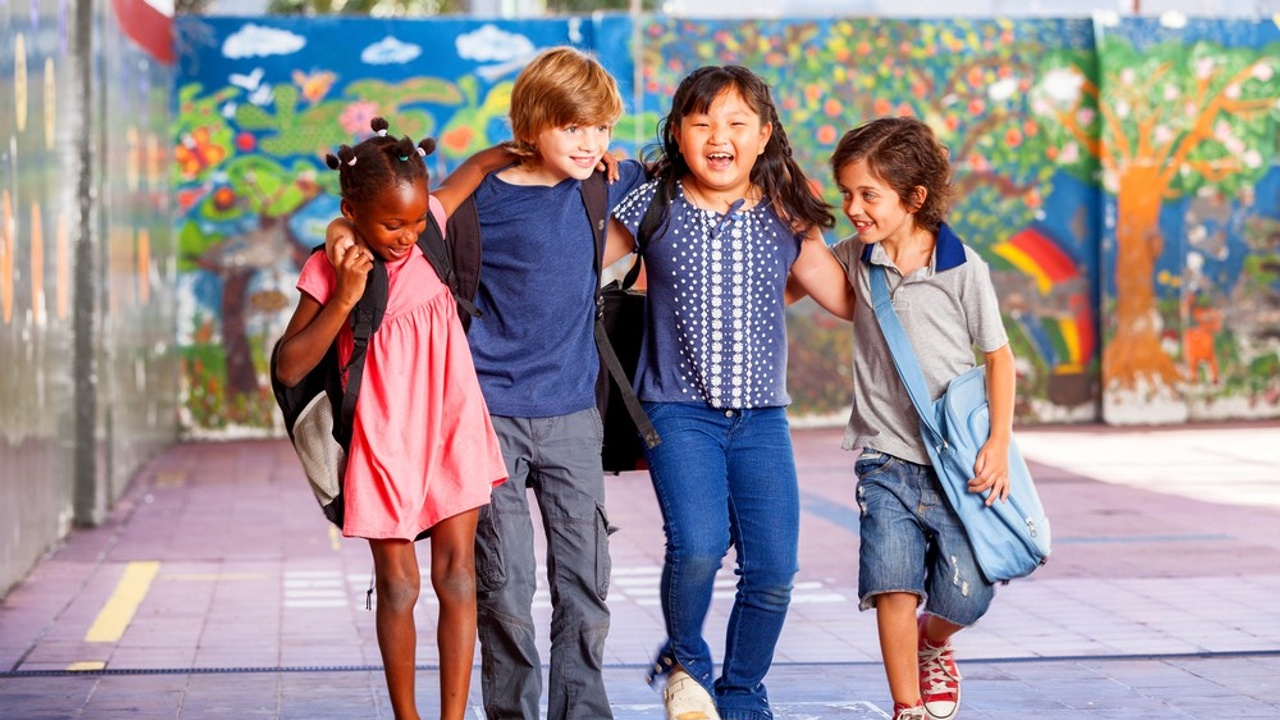Providing students with global perspectives
Aug 26, 2021
By Lottie Dowling
In an increasingly globalised world, it is glaringly apparent that educators need to be providing students with opportunities to develop meaningful global perspectives, developing students’ knowledge and understanding of the world and improving their intercultural understanding, critical thinking and creativity. By providing students with global perspectives, educators can assist them to become informed and active global citizens, ready for the future.
This blog outlines five approaches and suggestions for educators, which I have personally found successful as an educator for over 15 years, for providing students with global perspectives.
Digital Technologies
As facilitators of learning, educators not only need to be familiar with the digital technologies students use in their classrooms, but also understand that students are likely to be more digitally fluent than they are. Students are, and have been for some time, digital natives. Tapping into student expertise with technology can enhance lesson outcomes, support peer learning and provide opportunities for students to develop leadership skills.
A lesson’s success is not determined by the use of digital technologies, rather by how digital technologies are used to improve learning outcomes. Careful consideration of how to use digital technologies in lessons can build students’ skills and, in turn, provide deeper learning experiences. Equally, it is important that educators understand the technologies’ function and ensure this matches the learning objectives, identifying whether or not it allows students to communicate or collaborate with others. For example, Padlet lets participants directly collaborate online, whereas blogs are used to communicate ideas and opinions to a wider audience.
Digital Citizenship
Whilst developing students as global citizens, the increased use of digital technologies both at home and in education raises considerations for student safety and wellbeing. If your school does not have a formal approach and policy for digital citizenship, identify the rules and approaches you feel are important for your students and set these from the beginning of the year. Informing and educating parents is also key and, if possible, encouraging them to apply the same rules at home as those students follow at school. There are a number of existing models already that you may wish to reference; for example, Julie Lindsay and Vicki Davis’ Enlightened Digital Citizenship Model and Vicki Davis’ 9 P’s Model.
International School Partnerships
Setting up a school partnership with an overseas school excites students by providing natural connection opportunities and a ‘real life’ context for learning about another country. Through use of digital technologies, students develop their ICT skills, alongside intercultural understanding. Depending on which activities you set up between your students and the partner school, students may also have opportunities to develop second language skills and literacy skills among others.
The Curriculum
We often hear about ‘the crowded curriculum’ and educator’s concern of ‘adding more’ to what is already there. However, when selecting topics or units to cover in different subjects across a year, or even a bi-annual cycle, both national and international perspectives for inclusion exist. The Arts provide plenty of opportunities to study arts disciplines from other countries and cultures, and Business and Economics and History and Geography have natural alignment to international topics, themes and perspectives.
Opportunities to develop skills such as critical thinking, creativity and intercultural understanding exist in all subjects and allow deeper learning to take place. These skills and themes can be woven through well-planned learning sequences where knowledge and skills complement each other.
The first step is to identify the opportunities across all the learning areas and where they already exist in the curriculum. A good start is conducting a curriculum audit in one or multiple subjects to see which global perspectives and topics are currently being offered and where opportunity exists for further inclusion.
Language Programs
Inclusion of language programs is a natural component of offering global perspectives, and naturally develops students’ intercultural understanding. By making connections from language programs to other learning areas across the curriculum, students’ learning can become more meaningful. For example, if students are learning Chinese language, they may learn about fan dancing in music, folk painting in art, the geography of China and big city migration in geography or China’s ancient civilizations in history.
Inviting language teachers to planning time for other learning areas and attending language teacher planning time can be a great way to start cross-curriculum planning.
Resource Selection
Resource selection is key to ensuring students are provided with a true reflection of the world that they live in. When selecting library books with existing allocated budgets, choose books that have a variety of international authors and themes, and consider whether the resources reflect the diversity of your student population. The large book publishing companies are becoming more aware of the demand of culturally diverse and appropriate texts and are starting to meet those demands.
Leveraging the human resources you have in your very own school is an often overlooked opportunity. Make the most of your staff, students’ and parents’ experiences, and their cultural backgrounds and community connections. These can all be used to develop students’ (and staff’s!) intercultural understanding and cultural knowledge.
Providing students with global perspectives will help to ensure they can build their intercultural understanding and equip them for an increasingly globalized world with ‘future ready’ skills that they, most certainly, will need.
Lottie Dowling has worked in education as a school practitioner and professional learning leader on a global, national and regional level for over 16 years in a number of roles including; educator, designer and deliverer of professional learning, capacity building, curriculum development, global competency program content development and education management. Follow Lottie on Twitter @LottieDowlingNZ.
Image source: shutterstock.com/GarliardiImages

